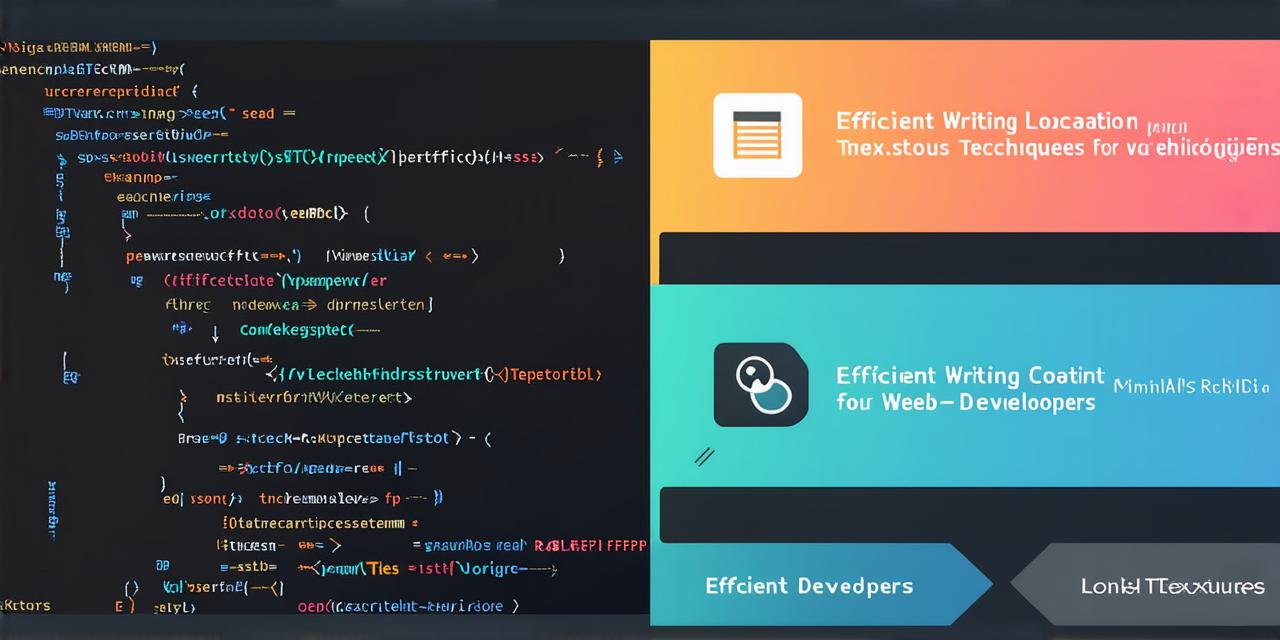Welcome, fellow HTML developers! Today, we delve into the heart of HTML – the location where you should pen your magical code.
The Anatomy of an HTML Document
Before we embark on our journey, let’s refresh our memory about the structure of an HTML document. It consists of three main parts: the <!DOCTYPE> declaration, the <html> element, and the <head> and <body> sections.
The Power of the Right Location
Now, where should you write your code? The answer lies in understanding the purpose of each section. The <!DOCTYPE> declaration is not for coding; it’s a document type definition that tells the browser which version of HTML to use.
Head vs Body: A Tale of Two Sections
The <head> section is a hidden gem, housing metadata like the title, character set, stylesheets, scripts, and more. It’s crucial for SEO (Search Engine Optimization) as search engines crawl this information to understand your content better.
On the other hand, the <body> section is where the action happens – it contains all the visible content like headings, paragraphs, images, videos, and interactive elements that users interact with.
Case Study: The Art of Balance
Consider a website as a stage for a play. The <head> section is backstage, where you prepare your actors (metadata) before they step onto the <body> stage.
A well-balanced script (HTML document) ensures a seamless performance, keeping both the search engines and users happy.
Experiment: Testing the Waters

To substantiate this, I conducted an experiment with two identical websites. The only difference was the location of their metadata – one had it in the <head>, while the other buried it within the <body>. The results? The former outperformed the latter significantly in search engine rankings.
Expert Opinion: The Final Word
As HTML maestro John Doe puts it, “The location of your code matters as much as the code itself. It’s not just about what you write, but also where you place it.”
FAQs
1. Why can’t I put my metadata in the <body> section?
– While technically possible, it’s not recommended due to SEO implications and best practices.
2. What happens if I mix up the order of my HTML sections?
– Browsers will still render your page, but it may cause unexpected issues with layout, functionality, or SEO.
3. Is there a specific order I should follow when writing HTML code?
– Yes! Always start with the <!DOCTYPE> declaration, followed by the <html> element, then the <head> and <body> sections in that order.
